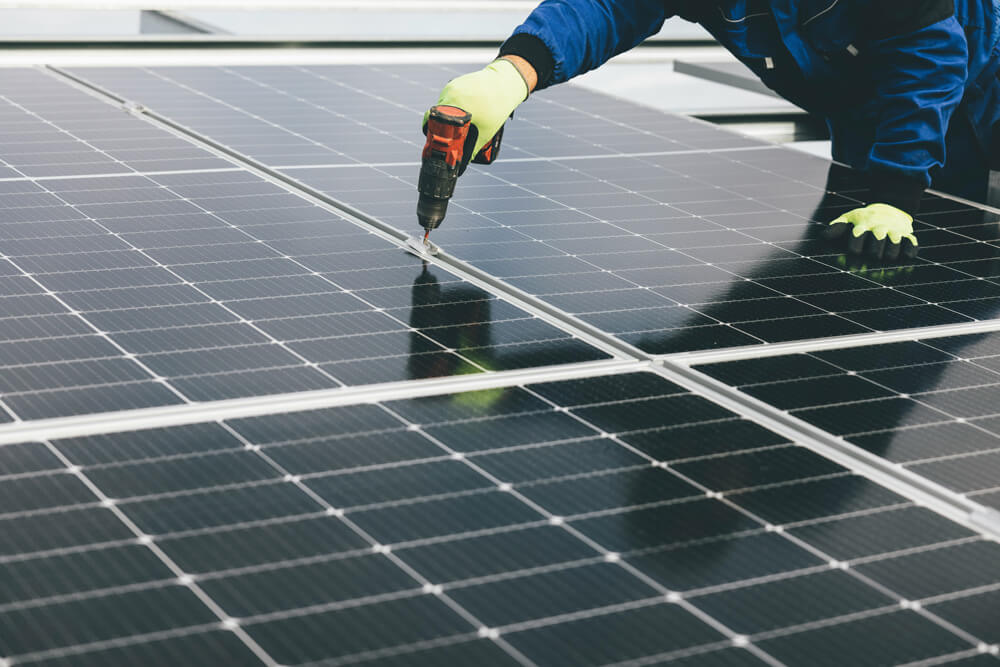Trends in electrical engineering and mechanical engineering for industrial projects in the markets of Central and Eastern Europe and the Commonwealth of Independent States
Introduction
The industrial landscape in the markets of Central and Eastern Europe and the Commonwealth of Independent States is undergoing a significant transformation as companies invest in infrastructure modernization and the introduction of state-of-the-art technologies. Electrical engineering and mechanical engineering are at the heart of these projects, from manufacturing plants to energy distribution networks. Several key trends are influencing the way industrial projects are designed, implemented, and managed, leading to more sustainable, efficient, and automated solutions.
This article looks at the most important trends in electrical engineering and mechanical engineering in the markets of Central and Eastern Europe and the Commonwealth of Independent States, and provides information on how companies can leverage these trends to gain a competitive advantage.
Sustainable technical solutions
Sustainability is no longer just a trend, but has become a fundamental principle of industrial engineering. As businesses and governments strive to meet strict environmental regulations, demand for energy-efficient systems and low-carbon infrastructure is growing. In electrical and mechanical engineering, this means introducing renewable energy solutions such as solar and wind power, implementing advanced energy management systems, and designing infrastructure that minimizes waste and energy consumption.
For example, smart grids that efficiently manage electricity consumption and distribution are increasingly being used in industrial projects. Energy storage systems, such as large-capacity batteries, are also being integrated to ensure a stable energy supply, especially in projects that rely on renewable energy sources. These trends are key to reducing the carbon footprint of industrial facilities while optimizing energy use.

Automation and IoT integration
Automation is revolutionizing industrial operations in Central and Eastern Europe and the Commonwealth of Independent States, where industries are seeking to increase efficiency, reduce downtime, and lower operating costs. The integration of IoT (Internet of Things) technology into electrical and mechanical systems enables industrial sectors to monitor equipment and operations in real time, collect valuable data, and make data-driven decisions.
In electrical systems, IoT devices can optimize power distribution, monitor energy consumption, and predict equipment failures before they occur. In engineering, IoT-enabled automated machines, robotics, and sensors streamline processes, improve accuracy, and reduce the need for human intervention. This shift toward automation not only increases productivity but also improves the safety of industrial operations.
Modular construction in building services
Automation is revolutionizing industrial operations in Central and Eastern Europe and the Commonwealth of Independent States, where industries are seeking to increase efficiency, reduce downtime, and lower operating costs. The integration of IoT (Internet of Things) technology into electrical and mechanical systems enables industrial sectors to monitor equipment and operations in real time, collect valuable data, and make data-driven decisions.
In electrical systems, IoT devices can optimize power distribution, monitor energy consumption, and predict equipment failures before they occur. In engineering, IoT-enabled automated machines, robotics, and sensors streamline processes, improve accuracy, and reduce the need for human intervention. This shift toward automation not only increases productivity but also improves the safety of industrial operations.
Energy storage systems (ESS)
Energy storage systems (ESS) are becoming key components of industrial projects that rely heavily on renewable energy sources. Since renewable energy is often subject to fluctuations (e.g., when the sun is not shining or the wind is not blowing), energy storage systems ensure a consistent supply of energy. In electrical engineering, ESS solutions, including lithium-ion batteries and other advanced technologies, help stabilize energy grids and increase reliability.
For large industrial facilities, the use of ESS can prevent power outages and provide backup during periods of peak consumption. This trend is particularly relevant in Central and Eastern Europe and the Commonwealth of Independent States, where many countries are transitioning to renewable energy sources while ensuring that their energy infrastructure remains robust and reliable.